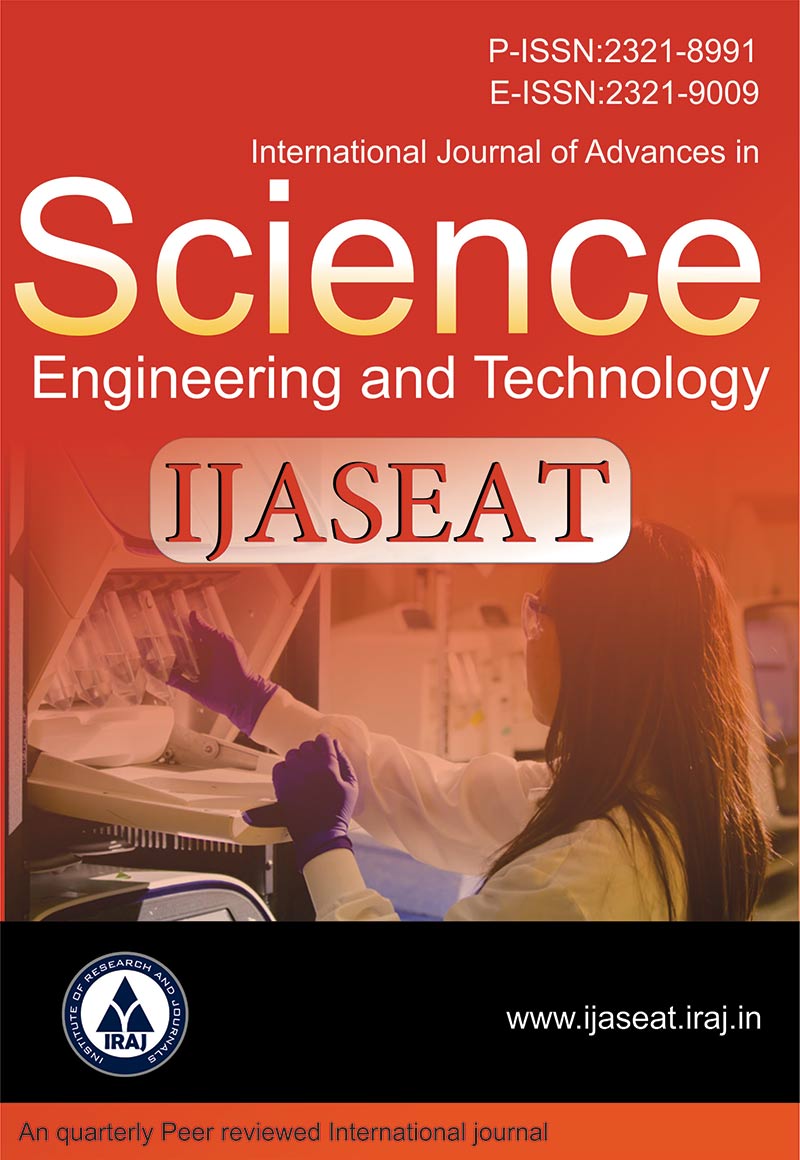Publish In |
International Journal of Advances in Science, Engineering and Technology(IJASEAT)-IJASEAT |
 Journal Home Volume Issue |
||||||||
Issue |
Volume-6, Issue-3 ( Jul, 2018 ) | |||||||||
Paper Title |
Development of Low Cost Treatment Techniques for Micro Cellulose Manufacturing Industrial Wastewater | |||||||||
Author Name |
Nithya Sarah Thomas, Indumathi M. Nambi, J. Senthil Nathan | |||||||||
Affilition |
B.Tech, Chemical Engineering, National Institute of Technology, Karnataka Environmental and Water Resources Engineering Division, Department of Civil Engineering, Indian Institute of Technology Madras | |||||||||
Pages |
57-65 | |||||||||
Abstract |
A large amount of water is used in the cellulose and paper industries which causes the production and release of industrial waste water containing huge loads of organic contaminants. If adequate measures of rational use and purification of the water are not implemented and continuously applied, it will significantly affect the water environment. This study involves the overall chemical characterization of the micro cellulose manufacturing industrial wastewater and development of cheap and efficient technique to reduce chemical oxygen demand (COD). The chemical characterization of the effluent sample confirmed that most of the parameters except COD and odor are well within the permissible limits recommended by the Central Pollution Control Board (CPCB 1993).The COD of the water sample was estimated to be in the range of 2300- 2800 ppm. Hence the principle way to remove the pollutants from wastewater is by combining different primary treatment methods along with biological degradation in one wastewater treatment system. Various economically viable pretreatment methods like adsorption, coagulation and sonication were carried out in this study. But the experimental results reported only a maximum of 30% COD removal efficiency. Further attempts were made to examine the efficiency of ozone oxidation which brought about a significant reduction of 60% in COD. The ozonated sample effluent was observed to be clear and have lower levels of odor and pollutants. | |||||||||
| View Paper | ||||||||||